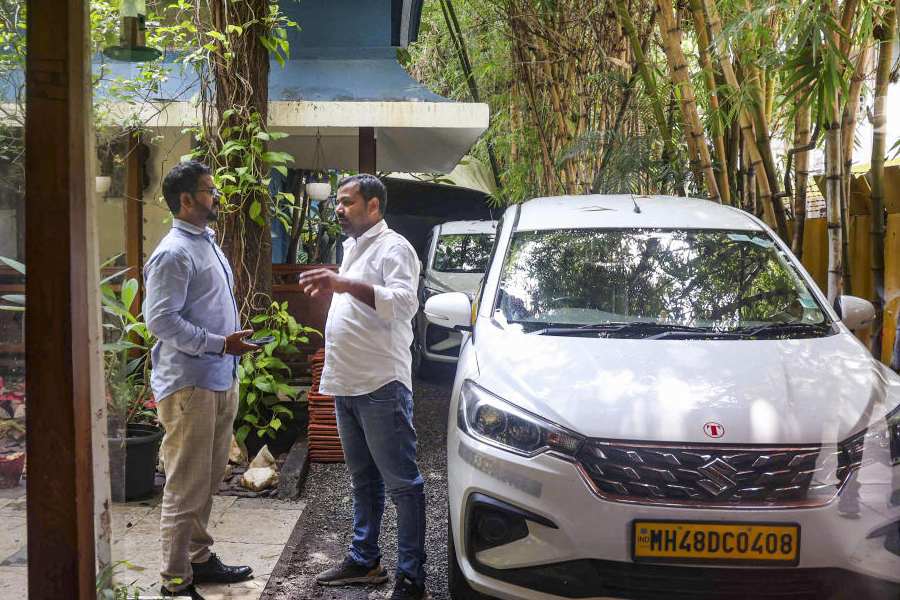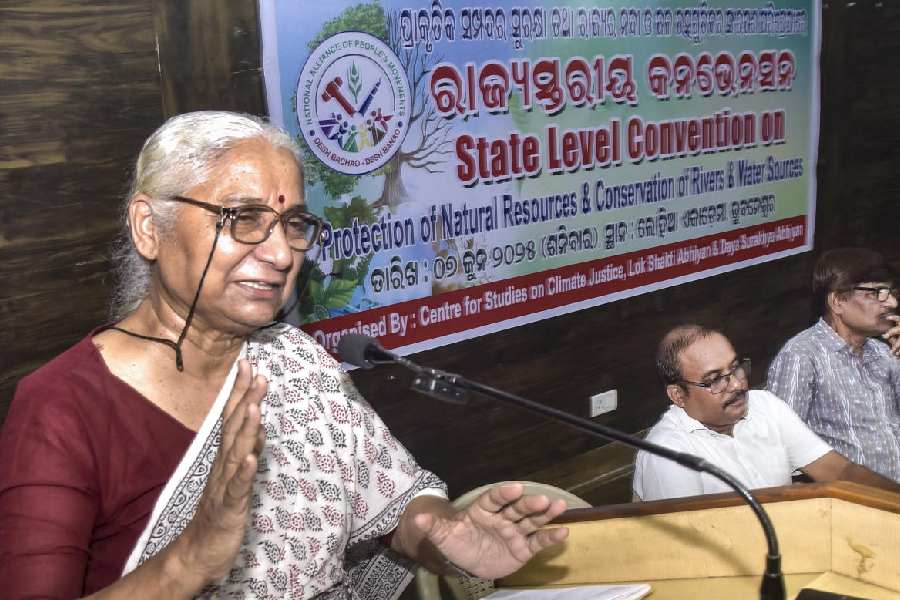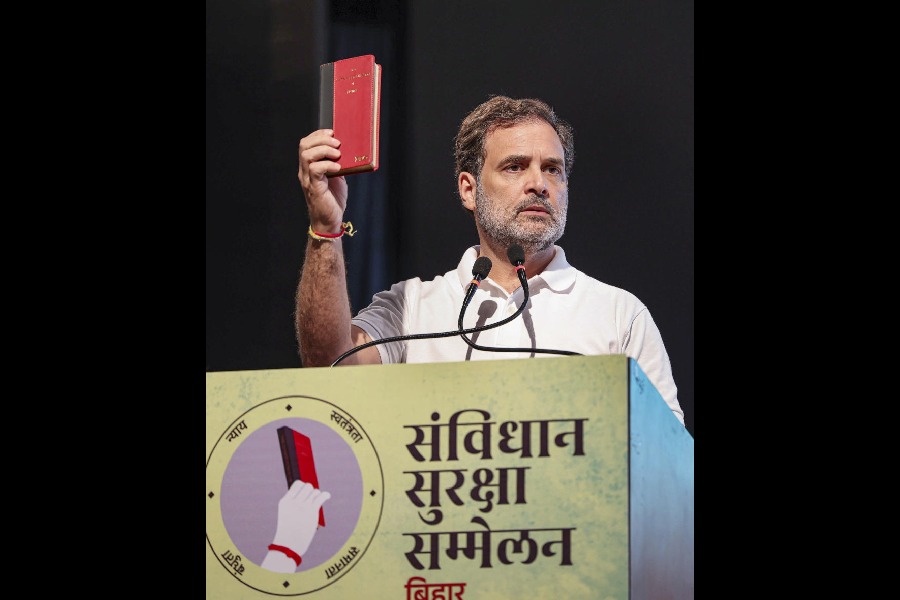
Faraway constellations and cosmic collisions will come to life in high resolution when the MP Birla Planetarium reopens on Saturday after a Rs 42-crore makeover that took two years to complete.
Chief minister Mamata Banerjee today inaugurated the redone planetarium, which boasts a Hybrid Projection System combining an opto-mechanical projector with nine hybrid resolution digital projectors, the outputs from which will be merged by software to create the final image.
The other attraction is a new “exhibition gallery” where one can look at the topographies of various planets on a computer screen, answer quiz questions and play interactive games. The gallery also has a scale that says how much one would weigh on other planets, the moon and other satellites and even on Ceres, the largest object in the asteroid belt between Mars and Jupiter.
There will be seven shows in English, Bengali and Hindi daily from Monday to Saturday and nine shows on Sunday, Debiprosad Duari, director of the MP Birla Institute of Fundamental Research at the planetarium, said.
This is the first time the planetarium, where many a child has been initiated into the cosmic world, has undergone such a drastic makeover.

New projectors
The earlier projector, from the Carl Zeiss stable, had been operational since 1962, when the planetarium was unveiled.
The new projector, also from Carl Zeiss and called STARMASTER, will produce images “no less than 10 times brighter” than what the earlier one would create, according to Martin Wiechmann, vice-president, strategic business unit, Carl Zeiss.
Wiechmann described STARMASTER as the latest from the company in planetarium projectors.
The final output also takes images from another nine digital projectors installed along the wall of the auditorium.
Merging
A software merges the images from the nine smaller projectors with the starry, moving background produced by STARMASTER to create what Duari described as “colourful, vivid and dynamic” pictures. In total, more than 20,000,000 pixels are generated 60 times per second.
The effect
The enhanced projection technique allows crystal clear simulations of collisions of celestial bodies to be shown on the 23m-diameter dome.
A truncated show the chief minister and a select audience attended today displayed the collision of an asteroid with the earth that had resulted in the formation of the moon. It showed molten rocks bouncing off the surface of the earth and orbiting the planet while clubbing with one another to form our satellite in just a month.
“Depicting something like this would have been impossible with the old apparatus,” Duari said.
Colourful images of actual collisions within the sun, captured with powerful telescopes, were also shown during the show.
The other new items
The Calcutta landmark has got a new cladding of Portuguese limestone spread over 30,000sq ft. The basic structure, modelled on the Sanchi Stupa, has been retained.
The authorities have also come up with an “Astro-corner” where people can pick up memorabilia, books and CDs on the cosmic world.
But what will interest children the most is the “exhibition gallery” where they can test their knowledge of astronomy by participating in a quiz on the computer or enhance their knowledge by reading up on planets and constellations on the panels.










